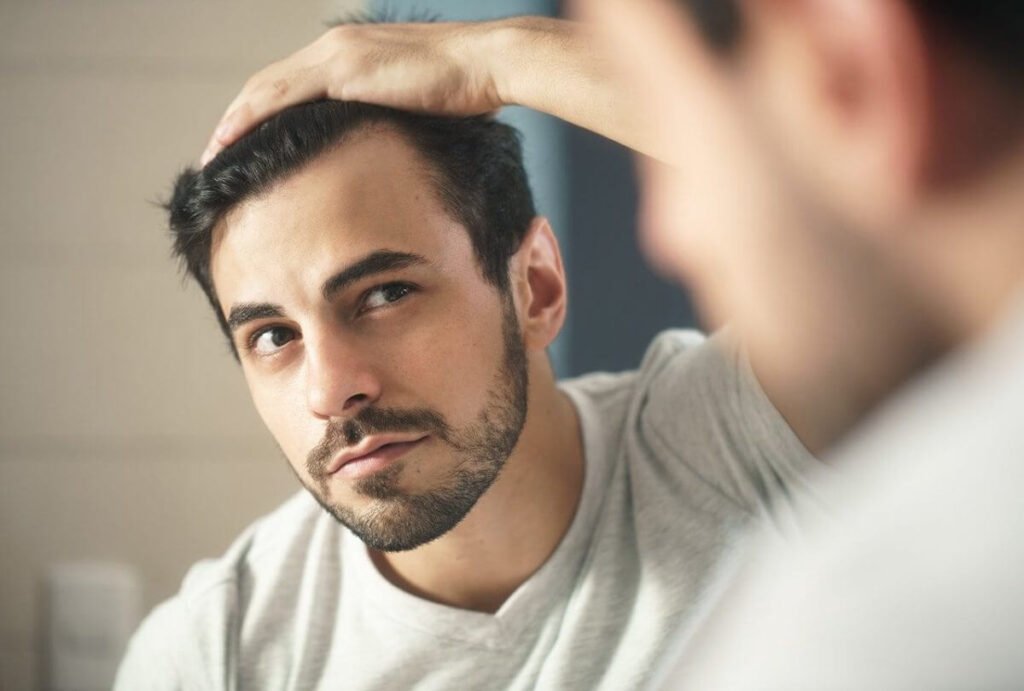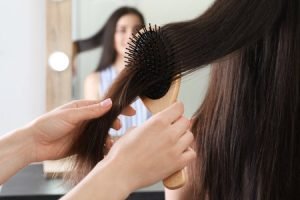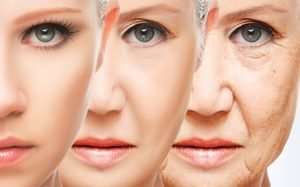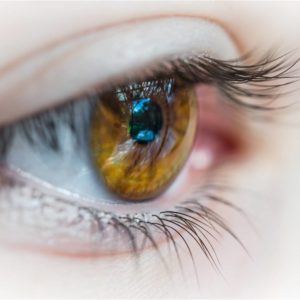5 Early Signs of Balding and What You Can Do About It

Balding
The average person loses between 50-100 strands of hair a day through normal grooming practices like hair brushing and styling, so if you notice a few stray hairs on your brush or your sink, you probably have nothing to worry about. However, when you start to notice changes in the appearance of your hair and how many loose hairs you’re leaving behind, you may be experiencing hair loss.
Hair loss affects both men and women and can occur for many different reasons. Additionally, hair loss typically happens in stages, gradually worsening over time if no action is taken against it. The majority of hair loss cases are due to androgenetic alopecia, or pattern baldness caused by genetics, and this specific type of hair loss tends to present itself differently in men and women, making it difficult to spot for some.
How Do I Know If I’m Balding?
If you’re losing hair due to genetic factors, catching it early on gives you the best odds when it comes to stopping or reversing your hair loss. Here are 5 of the biggest early signs of balding:
- Excessive shedding. You may be used to a varying level of hair shedding depending on your everyday hair care and styling routines. However, if you notice that more individual hairs that are normal are coming out onto your brush or your bathroom sink, you may be in the early stages of balding.
If you’re noticing more hair shedding than usual but aren’t seeing a difference in the appearance of your hair, it may just mean that your hair loss hasn’t advanced to that level yet. Make sure to talk to a doctor about what could be causing your hair loss and whether its genetic.
- Change in hairline. For men, a receding hairline is one of the most prominent signs of pattern baldness. If your hair suddenly isn’t setting the way it used to and you realize that the problem is your hairline, you’re most likely in the early stages of androgenetic alopecia.
Analyze your hair closely. Is the hair at your temples thinning in addition to your hairline receding? This is another extremely common sign of pattern baldness in men.
- Itchy scalp. In many cases, an itchy scalp is simply a sign of poor hydration due to excessive hair washing or even dandruff and shouldn’t be cause for worry in relation to hair loss. However, if this symptom is noticed in tandem with changes in the appearance of your hair, it could be an additional sign of pattern baldness.
The act of scratching your scalp excessively can weaken your hair follicles, leading to hair shedding. A dermatologist can determine whether your itchy scalp is related to hair loss or is caused by something else entirely.
- Thinning at the part. Many people don’t believe that women can experience genetic hair loss. The main reason for this is that female pattern baldness looks very different and often doesn’t set in until middle or old age, whereas male pattern baldness can set in as early as the 20s and 30s.
A sure sign of pattern baldness for women is thinning at the hair part as well as overall thinning throughout the head. Though women can experience hair loss for many reasons due to different hormonal changes throughout their lives, a change in hair thickness specifically at the part is an unmistakable signal of genetic hair loss.
- Slower hair growth. Some people pay more attention to the speed of their hair growth than others—it all depends on whether or not long hair is your goal. However, even those who don’t spend much time on their hair may notice if it’s suddenly not growing at the same rate as it used to.
A shortened hair growth cycle can occur when hair follicles shrink, causing the new hair growing from these follicles to be thinner and therefore not last as long as they would have, allowing the hairs to shed sooner than they used to. This is a very common sign of early pattern baldness.
What Can I Do About My Balding?
When it comes to treatments for genetic hair loss, low-level light therapy is at the forefront of the industry today. This groundbreaking system increases blood flow to your scalp and reinvigorates damaged and shrunken hair follicles, slowing the balding process and even supporting new hair growth.
Other common treatments include the drugs minoxidil and finasteride as well as hair transplant surgery. Talk to your doctor about which treatment may be right for you and your genetic hair loss.







